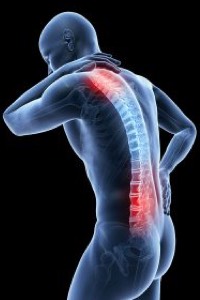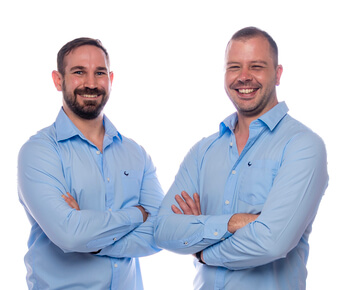Back injuries & pain is caused by damage to muscles, ligaments, nerves, bones or joints. From lower back injuries like a slipped disc to muscle tears. Here’s some links to articles explaining the different types of injury to these structures in your back and how we deal with them. We’ve also included tips on how to tend to your injury at home!
Most injuries don’t happen in isolation. In most cases, we find 2 to 3 structures at the root of a problem. It’s also common to find more than one injury. To illustrate an example: With a slipped disc we typically find 2 nerve problems, 5 groups of injured muscles, as well as 2 tendon injuries.
Your back is made up of many different structures that can cause you pain if they’re damaged or injured e.g. muscles, nerves, tendons, ligaments, discs, joints, and vertebrae (bones). Irritation, damage or injury to these structures may start with slight discomfort but can progress to cause severe pain. If left untreated, a back injury can result in severe dysfunction and disability.
When diagnosing patient problems, we determine the main area which has been damaged and focus our treatment on that. The general progression of problems stems from these underlying structures (generally in this order): 1) Nerves 2) Bones 3) Joints 4) Discs 5) Ligaments 6) Tendons 7) Muscles
Lower back injuries & conditions
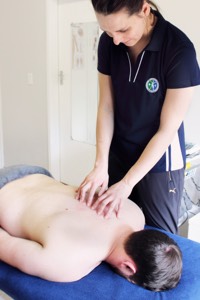
Your lower back is made up of many different structures that can be damaged and cause pain. This includes muscles, nerves, tendons, ligaments, discs, joints, and vertebrae (bones). Irritation, damage or injury to these structures may start with slight discomfort but can progress to cause severe pain. The pain can result in severe dysfunction and disability. Back pain affects 80% of the general population. Read our article to discover the causes, symptoms and types of back pain, and how we treat it in our practice.
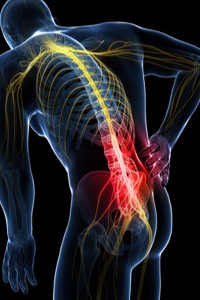
Sciatic nerve pain is experienced along the Sciatic Nerve (also referred to as Sciatica). The sciatic nerve is the largest single nerve in your body. It runs from each side of your lower spine, deep into your buttocks, into the back of your thigh and all the way down to your toes. This nerve relays messages by connecting your spinal cord with your leg and foot muscles. Sciatic nerve pain can be caused by compression, irritation or damage to the sciatic nerve branch.
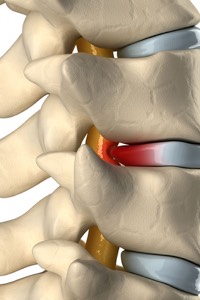
Disc bulge, herniation, prolapse, slipped disc…tamato, tomato….it doesn’t matter what you call a lumbar disc bulge, it still hurts! The discs in between your spinal column act as shock absorbers for the bones in your spine. They are found in between each of the vertebrae, from your neck down to your back. The discs transfer tension as you hop, skip and jump through your day. If you injure your discs in your lower back, the disc can slip towards your spinal nerves.

A pinched sciatic nerve will cause symptoms of Sciatica. A pinched nerve occurs when there is pressure or friction on one or more nerve branch. Nerves are the most vulnerable at places in your body where they travel through narrow spaces and have very little soft tissue to protect them. Structures that can pinch a nerve are any place along the nerve pathway where it weaves between tissues like muscle, tendon, bone and ligaments.
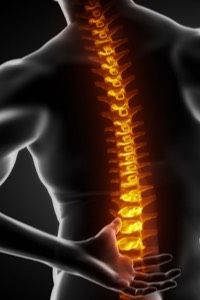
Even though everyone suffers from an intense back muscle spasm at some point, most people fail to recognise that there might be a bigger problem. We wait for the spasm to subside by itself. Sometimes medication helps – but what if it didn’t? These spasms are warning you that there is a deeper and more complex problem. Your body is taking the first steps to protect itself! Read this article to discover where your back muscle spasms could be coming from.
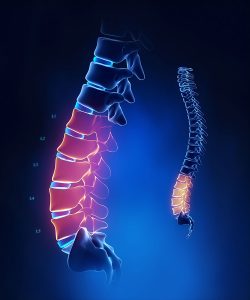
Get the help you really need
Medical professionals that care about you
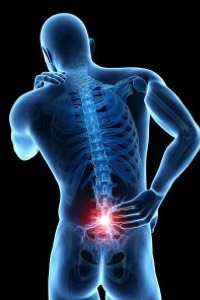
Nerves are the structures that carry information and sends messages throughout your body. Nerves are like cables that extend from your brain to the rest of your body. Sometimes nerves get irritated or pinched by ligaments, bone, tendons or even swelling around the nerve. Damage to these branches of nerves can be mild or very severe. It may even cause long-term problems if left untreated. In some cases, you can’t reverse the damage from a pinched nerve.
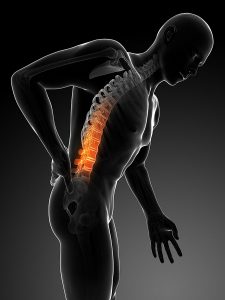
Sharp, intense lower back pain when you bend down to pick up something from the floor that leaves you feeling stuck in that position. It feels as if your lower back is simply going to ‘give out’ and you won’t be able to come back up.
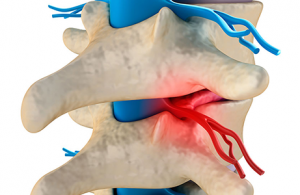
A pinched nerve feels like a burning sharp pain that shoots through your spine. A nerve can be irritated that’s pain that comes and goes, or compressed then it’s constant. Damage to the nerves running out your spine is a medical emergency. Get it check out before it gets worse.
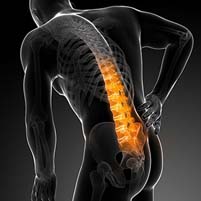
Lumbar joint sprain has a sudden onset, so one minute your back will be fine and the next moment, after a twist or unexpected movement, you’ll feel pain & stiffness on one or both sides of your back. Leaving you with frustrating severe pain.
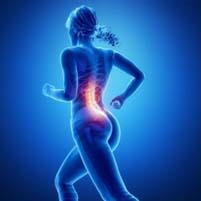
Lower back muscle injury can be fixed easily, but when the muscles in your back acts secondary to another problem. It may not be as simple.
Get to the root cause of your problem
Our team of experts guide you to heal
Upper back injuries
